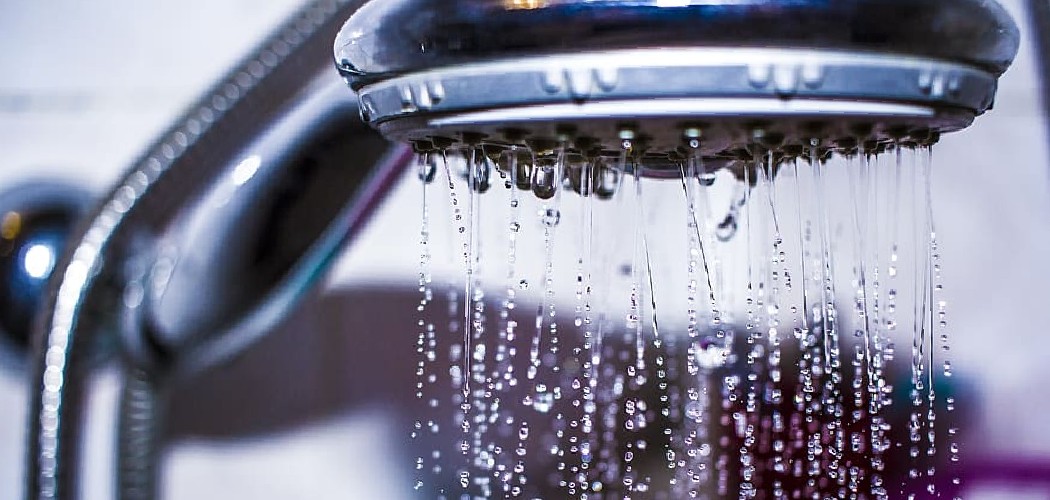Are you fighting a losing battle to stop the never-ending trickle of water? Do you need to know how to stop a running shower faucet?
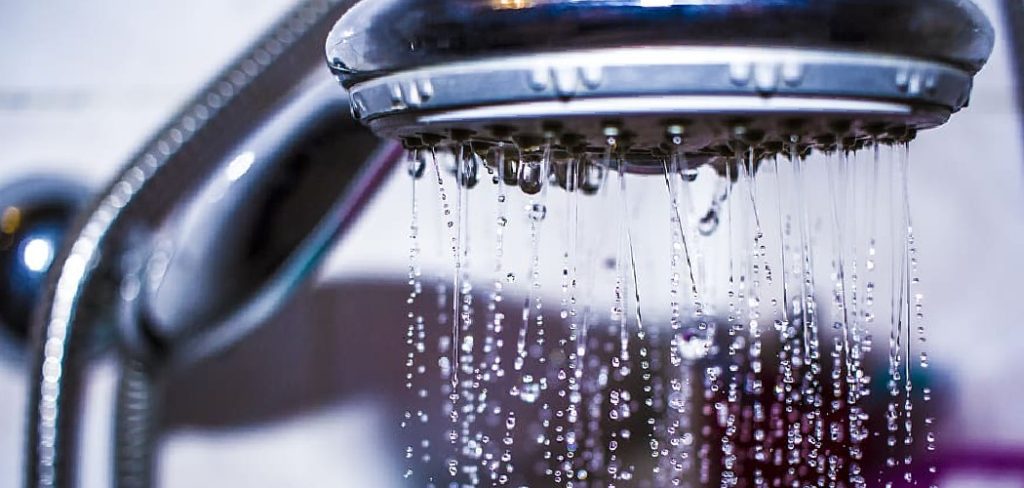
Then you’re in the right place! Even seemingly small problems around the house can be daunting tasks, but this is one problem that doesn’t have to overwhelm or frustrate. A running shower faucet can be an aggravating issue, but it’s relatively easy to fix.
Following our simple step-by-step guide, we’ll show you how easy it can be to tackle this issue and put your mind at ease. So, if you want to take control of a frustrating situation and learn how to fix a running shower faucet quickly and easily, keep reading!
In this article, we will discuss how you can quickly and easily identify what type of shower faucet you have and then walk through the easy steps needed to stop the water leak. So don’t despair! You’re only a few simple repairs away from eliminating your running shower problem once and for all.
Necessary Items
To stop a running shower faucet, you’ll need a few tools to get started. These items are easily found in most households and can greatly help with whatever repairs you may need to make.
- Wrench or Pliers: You’ll likely need one of these to remove any faulty parts of the shower faucet.
- Screwdriver: This tool will come in handy if your shower faucet has a screw that needs to be removed.
- Replacement Parts: If the problem is more serious, you may need to purchase new parts for your shower faucet. This could include anything from a new rubber O-ring to a new cartridge.
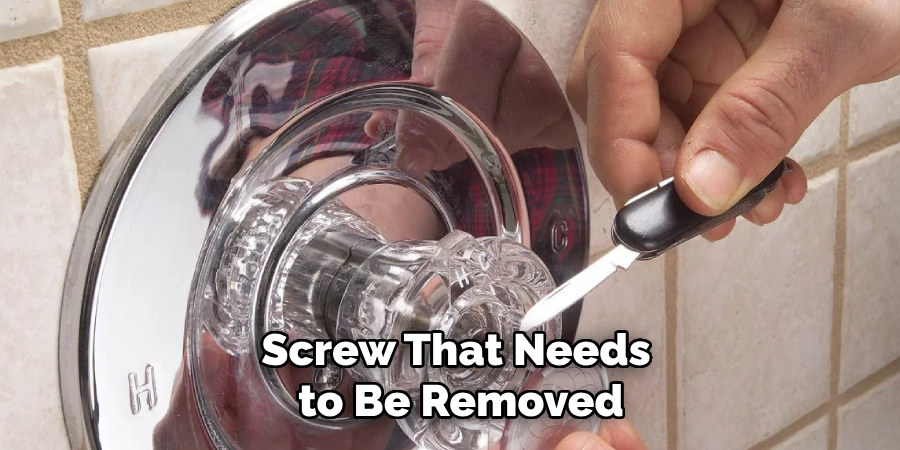
Once you have these items ready, it’s time to identify what type of shower faucet you have in order to stop the running water.
Identifying Your Shower Faucet
Before you can fix your shower faucet, it’s important to know which type of faucet you have. There are several shower faucets, but the most common are compression, cartridge, and ball faucets. Here’s how to determine which one you have:
1. Compression Faucet:
This type of faucet has separate handles for hot and cold water. To start, remove the handle by unscrewing it counterclockwise and check if a rubber O-ring is present. If so, this means you have a compression faucet.
2. Cartridge Faucet:
A cartridge faucet also has separate handles for hot and cold water, but it uses a cartridge instead of an O-ring to control the water flow. To identify this type of faucet, remove the handle and look for a small cylinder-shaped piece that can be pulled out. This is the cartridge.
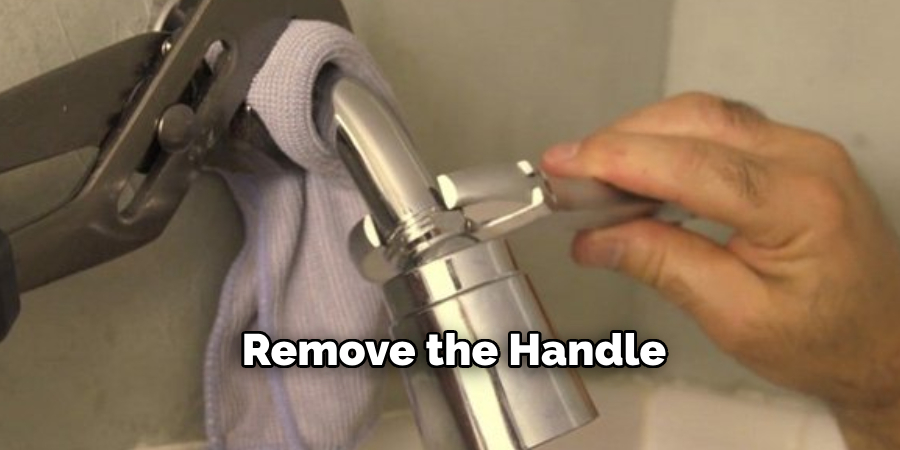
3. Ball Faucet:
A ball faucet has a single handle controlling hot and cold water. To determine if this is the type of faucet you have, remove the handle and look for a ball-shaped piece with a large hole in it. This is the rotating ball that controls the flow of water.
Once you have identified your shower faucet, it’s time to fix the issue and stop the running water.
Three ways to repair Special Faucet
Once you have determined which type of shower faucet you have, it’s time to stop the running water. Here are the steps for each type of faucet:
1. Compression Faucet:
If you have a compression faucet, start by tightening the packing nut with your wrench or pliers. This nut is located directly under the handle and can often become loose over time, causing leaks. If this doesn’t solve the problem, you may need to replace the rubber O-ring.
2. Cartridge Faucet:
For a cartridge faucet, remove the handle and unscrew the retaining nut that holds the cartridge in place. Once removed, inspect the cartridge for any damage or buildup of mineral deposits. If needed, clean or replace the cartridge and reassemble the faucet.
3. Ball Faucet:
With a ball faucet, remove the handle and unscrew the cap and cam assembly underneath it. Then, use your pliers to remove the plastic or metal cam and replace it with a new one if needed. Next, remove the ball-shaped piece and inspect it for any cracks or damage. If the ball is damaged, it will need to be replaced. If not, clean it and the inside of the faucet before reassembling.
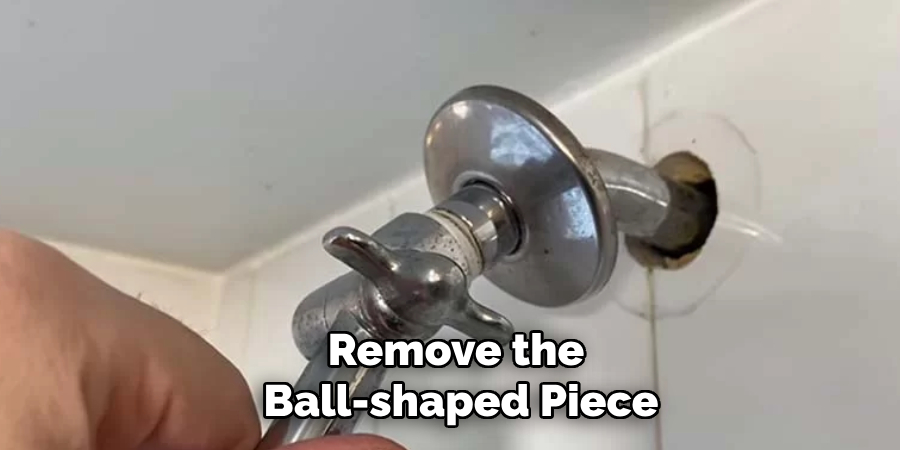
5 Steps on How to Stop a Running Shower Faucet
If these steps don’t stop the running water, you may need to replace the entire faucet or call a professional plumber for assistance. However, there are a few other steps you can try before taking these measures:
1. Check the Shower Head:
Sometimes, the leak’s source may be in the shower head and not the faucet itself. Remove the shower head and check for any clogs or damage. Clean or replace the shower head if needed.
2. Inspect the Pipes:
If the issue persists, check the pipes behind the shower wall for any leaks or damage. You may need to call a professional plumber if there are any larger issues.
3. Replace the Sealant:
If you have recently replaced any shower faucet parts, the sealant may have needed to be applied properly. In this case, remove and reapply the sealant to ensure a tight seal.
4. Check for Mineral Buildup:
Mineral deposits can often cause leaks in shower faucets. To remove these deposits, soak the faucet parts in a mixture of equal vinegar and water for several hours before scrubbing with a toothbrush or cloth.
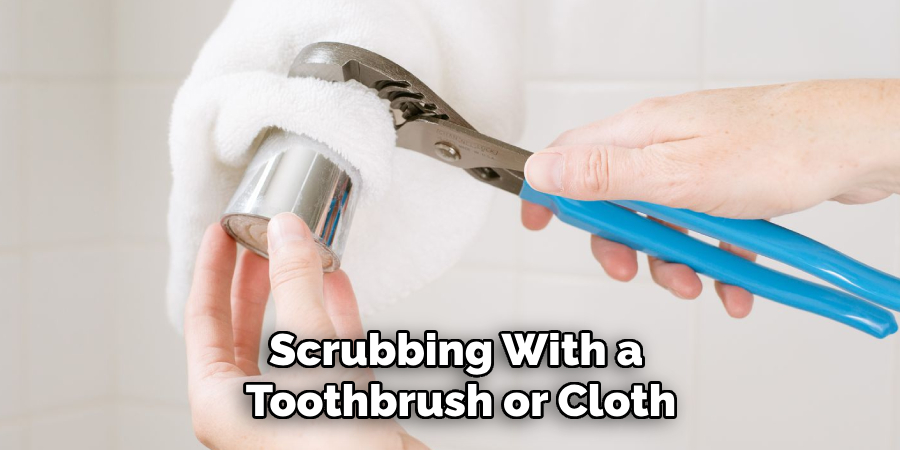
5. Call a Professional:
It may be time to call a professional plumber if all else fails. They will have the expertise and tools needed to fix any complex issues with your shower faucet.
Now that you know how to identify and fix a running shower faucet, you can take control of the situation and save yourself time and frustration. With the right tools and knowledge, this problem doesn’t have to be overwhelming anymore.
So, next time you encounter a running shower faucet, remember these simple steps and tackle the issue like a pro! Keep your bathroom functioning smoothly and enjoy a peaceful and leak-free shower experience. With these tips, you’ll never have to worry about a running shower faucet again.
Frequently Asked Questions
Here are some frequently asked questions about fixing a running shower faucet:
How Often Should a Shower Faucet Be Replaced?
Shower faucets can last for many years if properly maintained. However, if you notice consistent issues or wear and tear, it may be time to replace it.
Can I Fix a Shower Faucet Myself?
Minor issues with shower faucets, such as leaks or drips, can often be fixed by yourself. However, if you are uncomfortable working with plumbing or the issue is more serious, it’s best to call a professional plumber for assistance.
How Do I Know When It’s Time to Call a Professional Plumber?
If you have tried all the steps mentioned above and the running water persists, it’s best to call a professional plumber. They will have the proper tools and expertise to fix more complex issues with your shower faucet.
How Can I Prevent My Shower Faucet from Running in the Future?
Regular maintenance and cleaning of your shower faucet can help prevent future issues. Also, be sure to address any leaks or drips as soon as you notice them to avoid further damage and save on water bills. Finally, make sure to turn the faucet off completely after each use to prevent any potential leaks.
Conclusion
Dealing with a running shower faucet may seem daunting, but it doesn’t have to be. Following these simple steps and having the necessary tools can easily stop the water leak and end your frustration. Remember to always identify which type of faucet you have before attempting any repairs, and don’t hesitate to call a professional if needed. Proper maintenance and care ensure that your shower faucet can last many years without any issues.
Navigating the different types of faucets may seem overwhelming initially, but with practice and knowledge, you will become an expert quickly. Remember always to take safety precautions when working with plumbing, and never hesitate to call a professional if you are unsure or uncomfortable with any repairs.
With these tips and steps, you can easily fix a running shower faucet and keep your bathroom functioning smoothly for years. So next time you encounter a running shower faucet, don’t panic – simply follow these steps on how to stop a running shower faucet and tackle the issue like a pro! Your future self will thank you for it.
So go ahead and confidently handle any running shower faucet like a pro because now you have the knowledge and tools to do so! Keep your bathroom functioning smoothly and enjoy a peaceful and leak-free shower experience with these tips. Proper maintenance and care ensure that your shower faucet can last many years without any issues.

